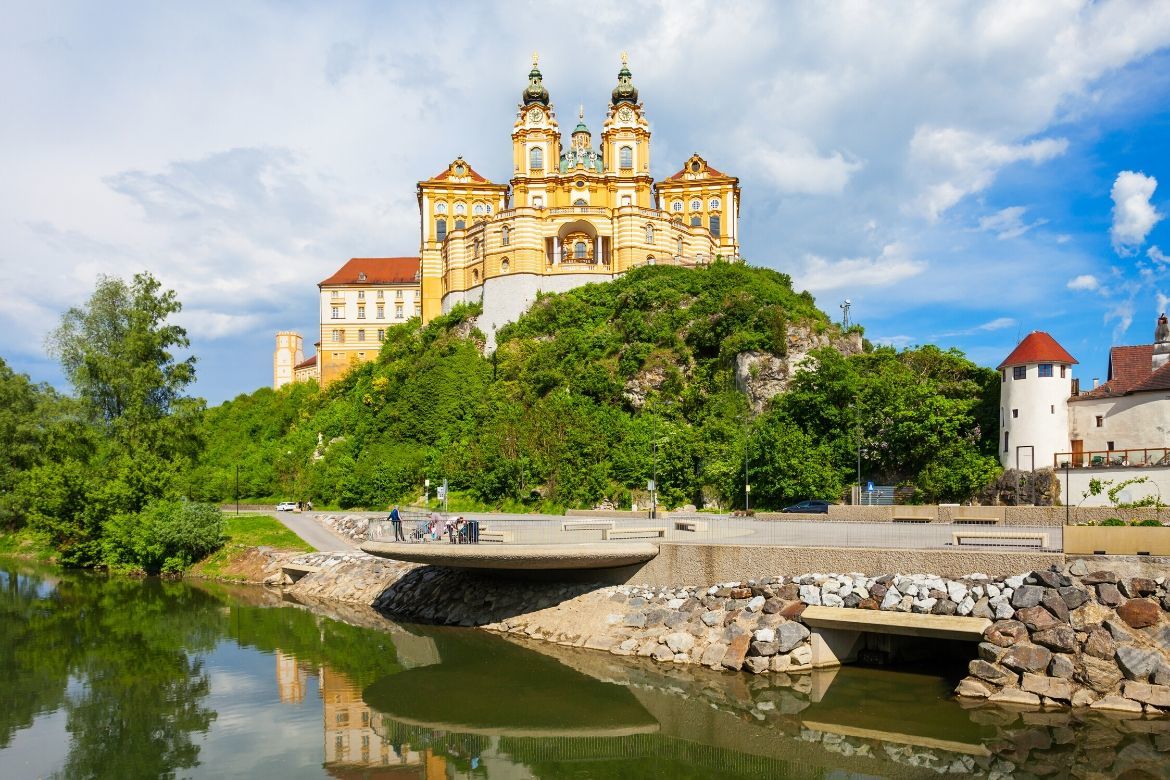
On the banks of the winding Danube river, past crumbling castles, quaint towns with orange-topped roofs and vineyards bursting with grapes ready for harvest, is one of Austria’s most iconic sites: Melk Abbey.
The monastery is impossible to miss—especially for those approaching the town on a river cruise—as it’s perched high on a hilltop overlooking the beautiful town below. Its sunshine yellow facade is a welcoming sight, and the twin spires and huge octagonal dome make for an inspiring scene.
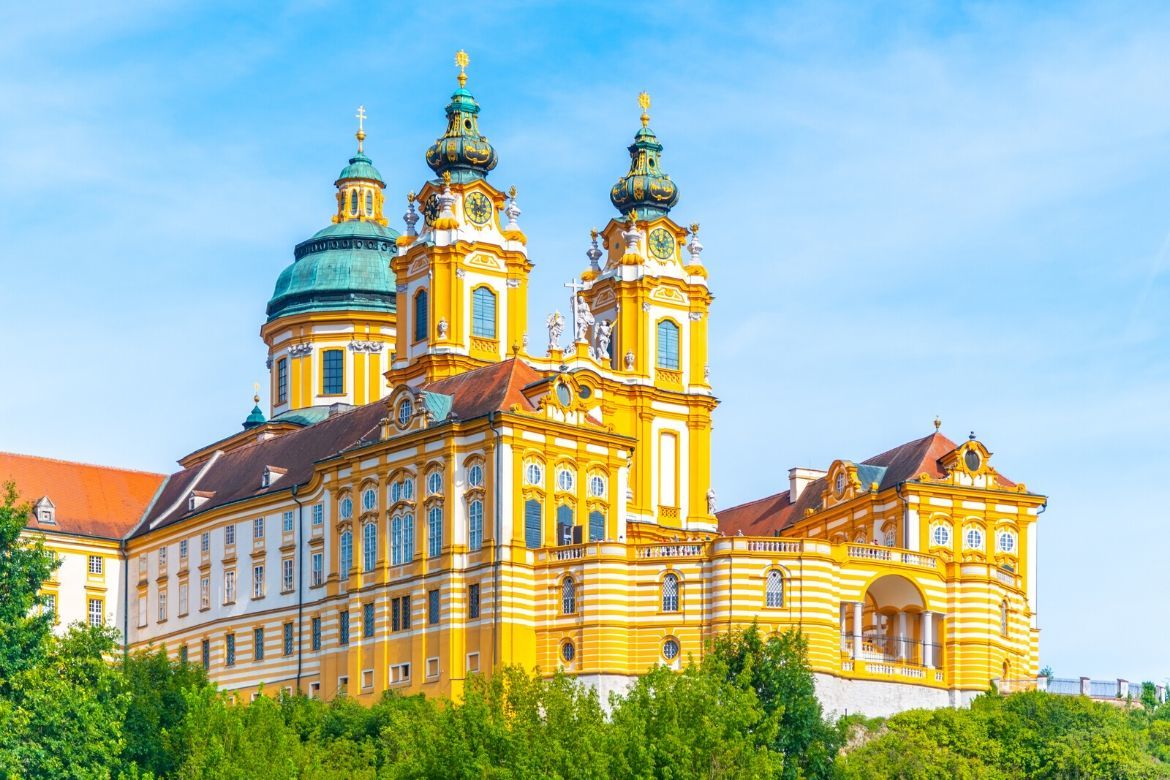
Melk Benedictine Abbey
Built in the early 1700s as a royal palace, Melk Abbey was eventually gifted to Benedictine monks who turned the estate into a fortified abbey. Today, despite being open to tourists, it continues to serve its religious purpose and is home to hundreds of pupils training to become monks. While monk sightings at the Melk Abbey aren’t guaranteed, stunning lookout points, incredible architecture and some rather shocking surprises make it well worth a visit.
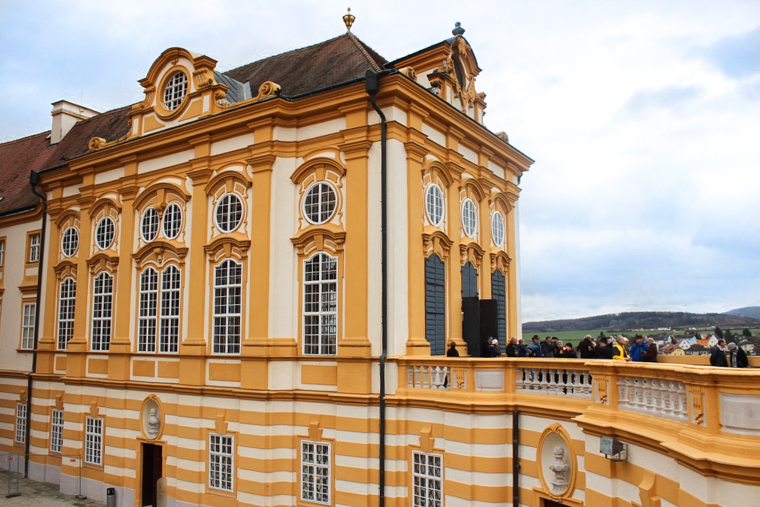
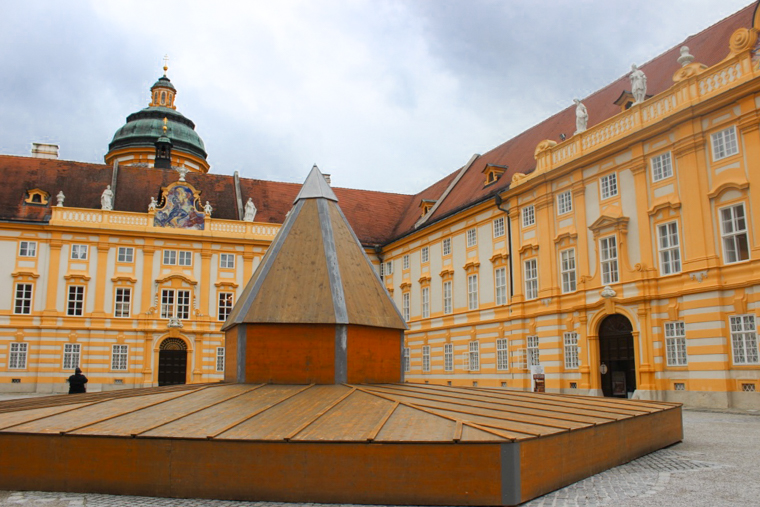
Melk Abbey tour
Melk Abbey tours begin by passing through the northern bastion’s giant archway and continuing through one of the expansive courtyards to reach the Melk Abbey Museum. Holding treasures that date back centuries, each room displays important artifacts such as a book circa 1574, a portable altar (yes, that’s a thing) from the 11th century and jewel-encrusted religious ornaments.
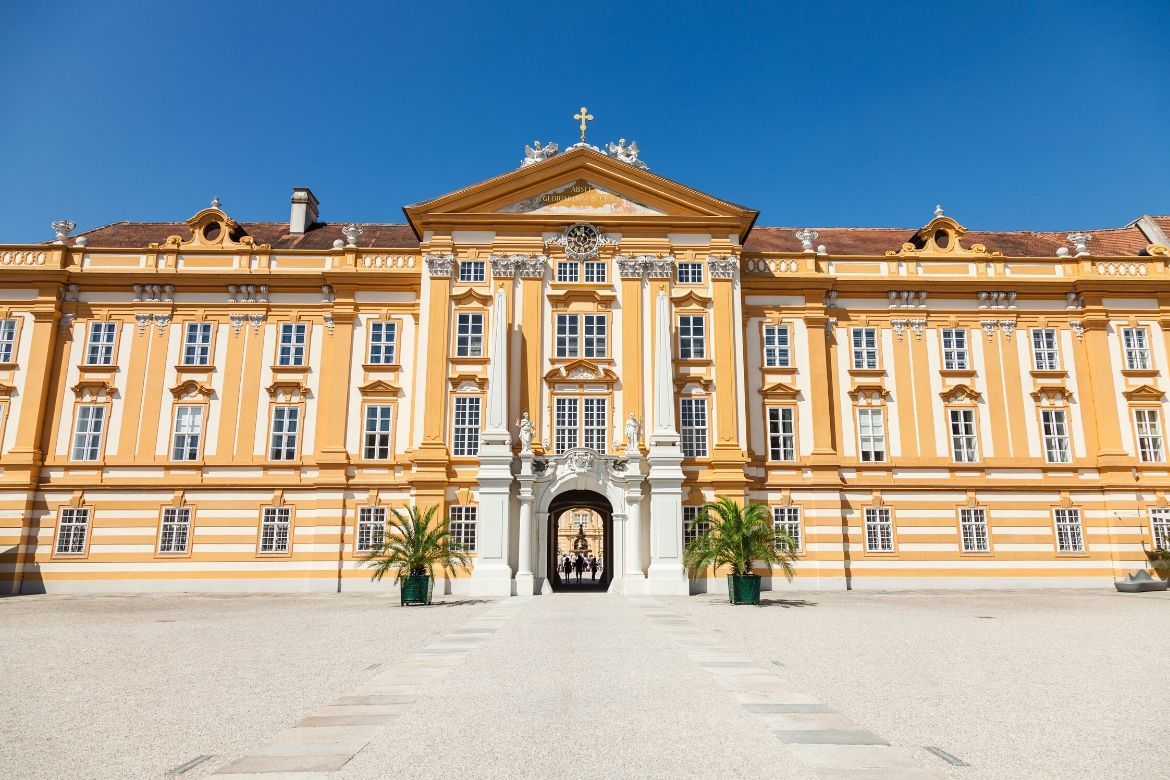
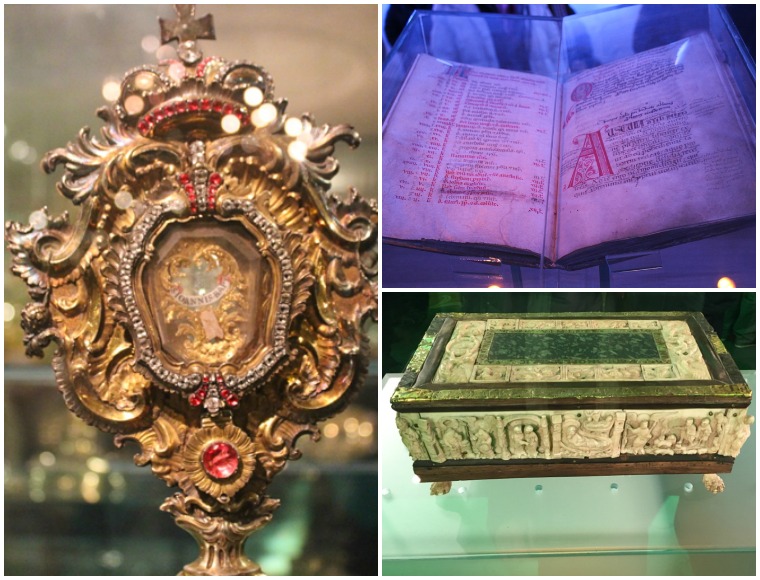
One of the first surprises is found early on, in a room with a rather ordinary looking coffin. However, it turns out it’s an eco-friendly, reusable coffin. Yes, reusable. It doesn’t take too long to figure out why it only got about six months of use before area residents bid adieu to the idea, and it was forever banished to spending life in a museum.
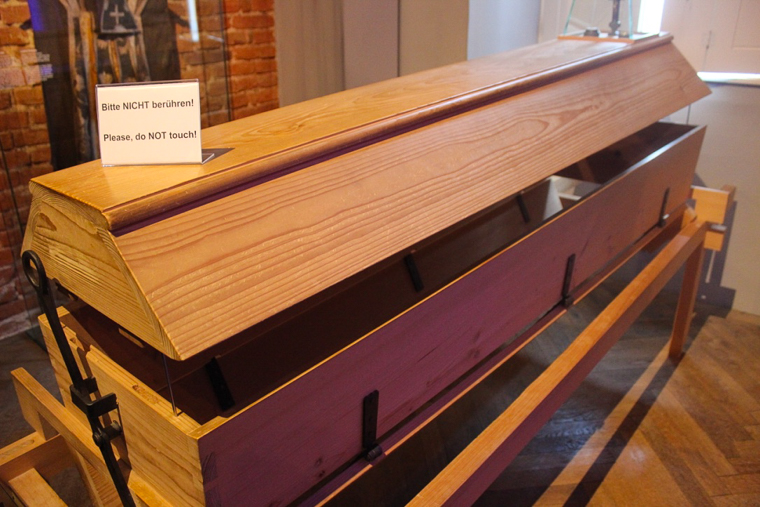
Visitors then make their way to the Marble Hall, which just might be one of the most opulent dining rooms ever designed. World-class artists and sculptors created a masterpiece of gold-gilded frescos and a painted ceiling that rivals that found in the Sistine Chapel—but without all the crowds.
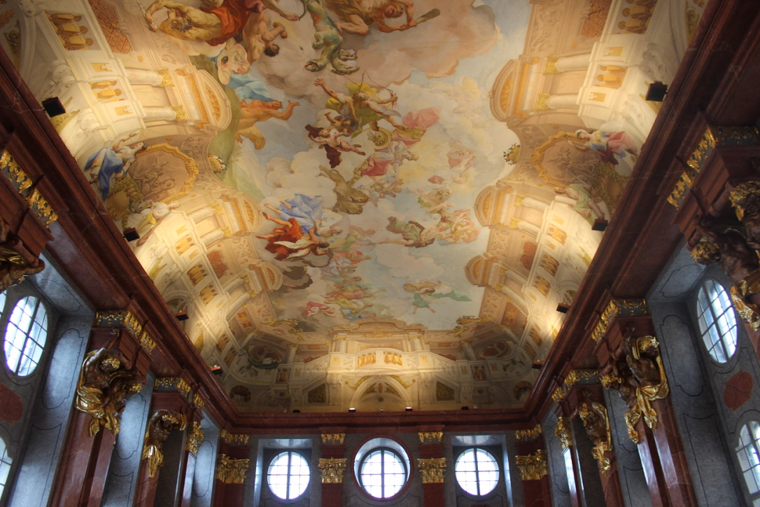
Melk Abbey library
The Melk monastery’s treasure is the library, which bookworms may have a hard time tearing themselves away from. The dark, yet grand two-storey room boasts floor to ceiling bookshelves, holding about 80,000 leather-bound medieval manuscripts, many of which are hand-written. It’s hard to restrain oneself from reaching out to touch them—a privilege only granted to the monastery’s scholars who still use them to this day. Guests aren’t allowed to take photos inside the library, but suffice it to say it’s a special room that one doesn’t soon forget.
Melk Abbey church
The grand finale is the grandiose Abbey Church (Stiftskirche). Its domed ceiling soars 65 metres high, and the extravagantly decorated walls frame St. John the Baptist’s Altar, which depicts the baptism of Jesus by John.
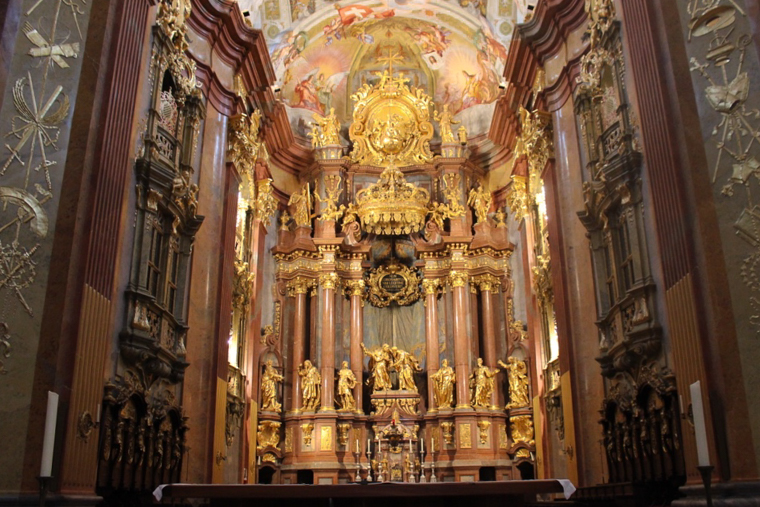
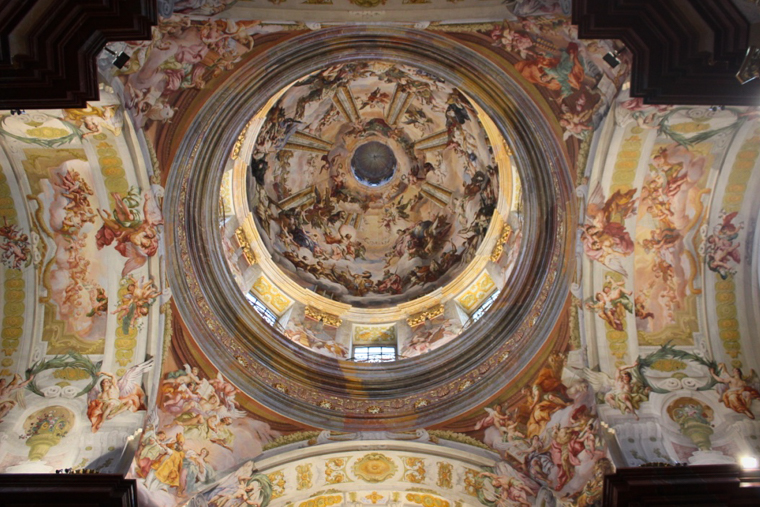
One would think its golden facade would be the showstopper, but just to the right is a very unexpected sight: a glass saracophagus with the skeleton of a catacomb saint. It was gifted to the Melk Abbey in 1762 by Maria Theresia, who was the Austrian archduchess at the time. While there’s no word exactly how she came to have a skeleton in her possession, it sure gets people talking!
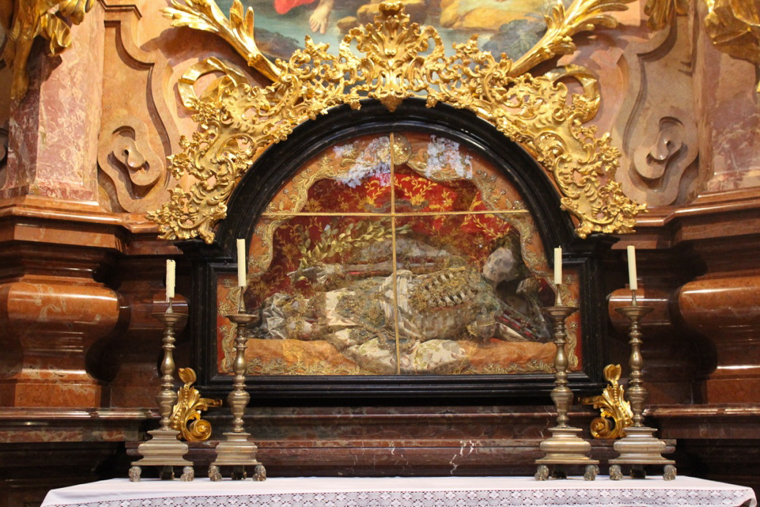
To make their way back outside, visitors head down the winding Imperial Staircase (Kaiserstiege) which draws comparisons to the staircase found in the Vatican, and even has a mirror at the bottom (hence the reflection in the photo below).
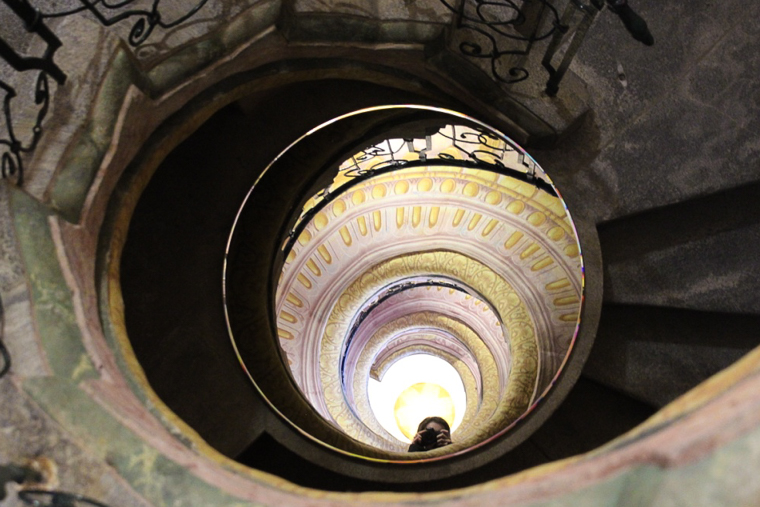
From there, it’s back out onto the terrace for one last sweeping view of the Wachau Valley and Melk Abbey, before heading down the cobblestone steps to explore the rest of the beautiful Austrian town.
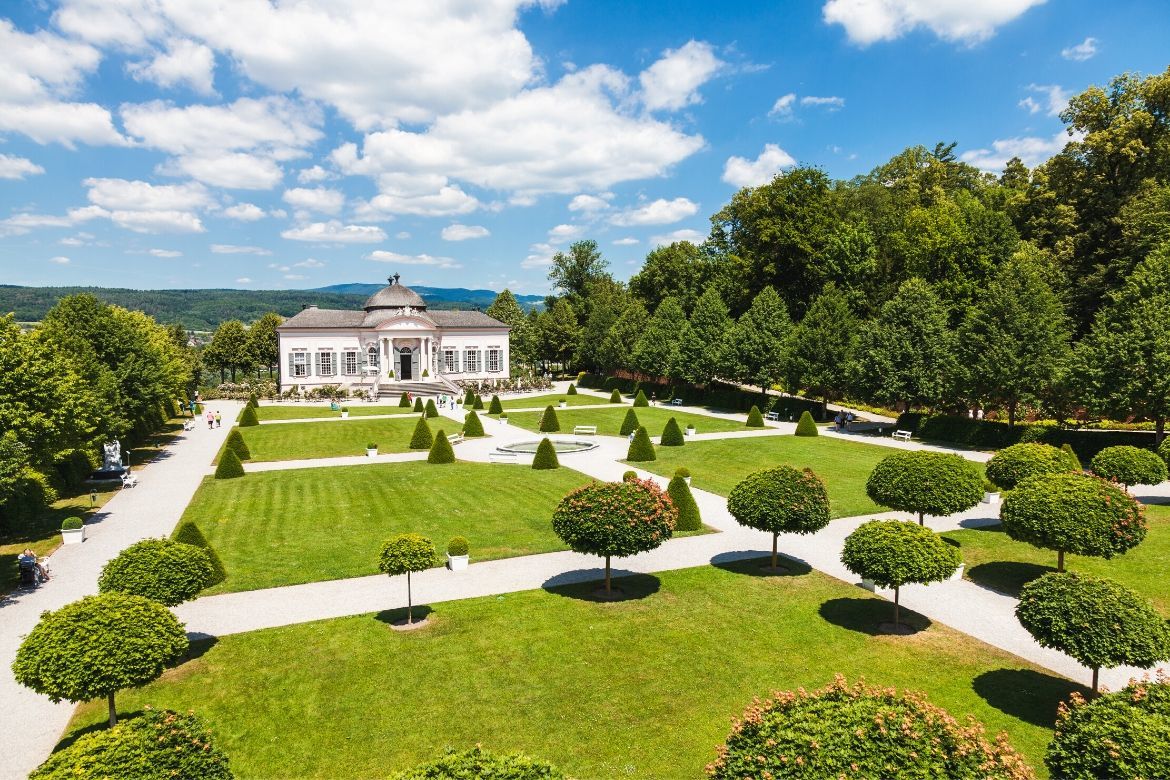
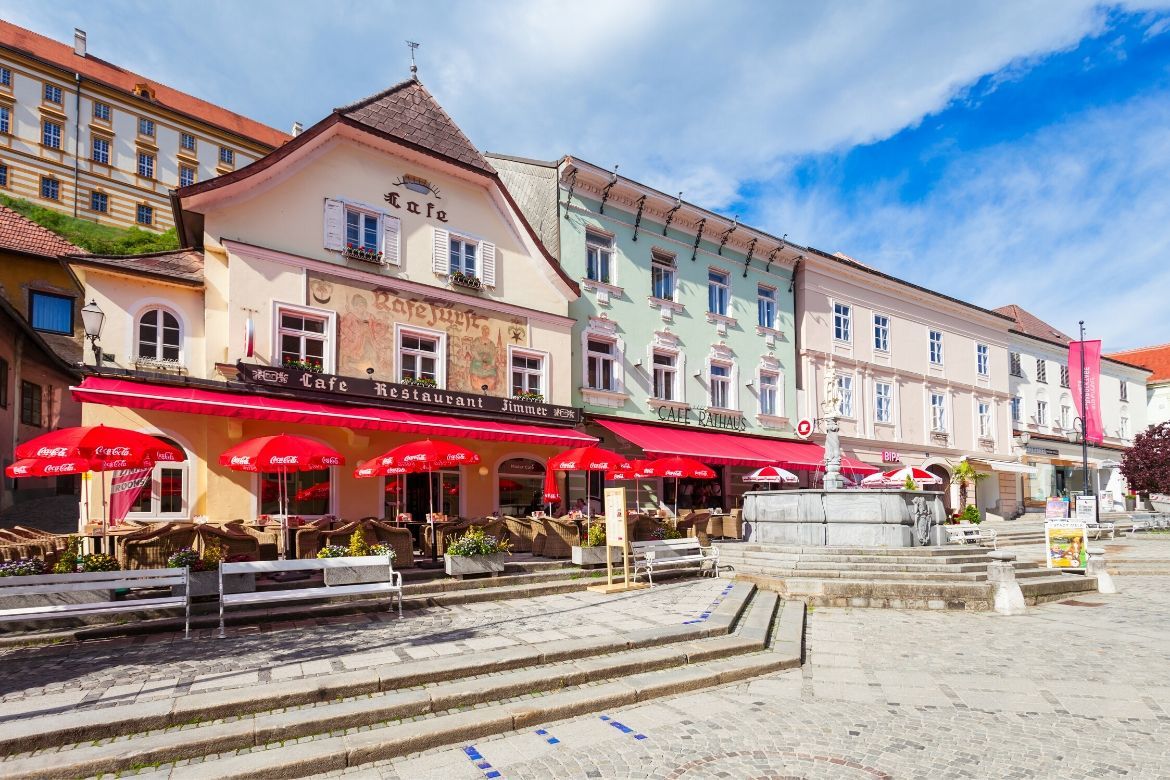
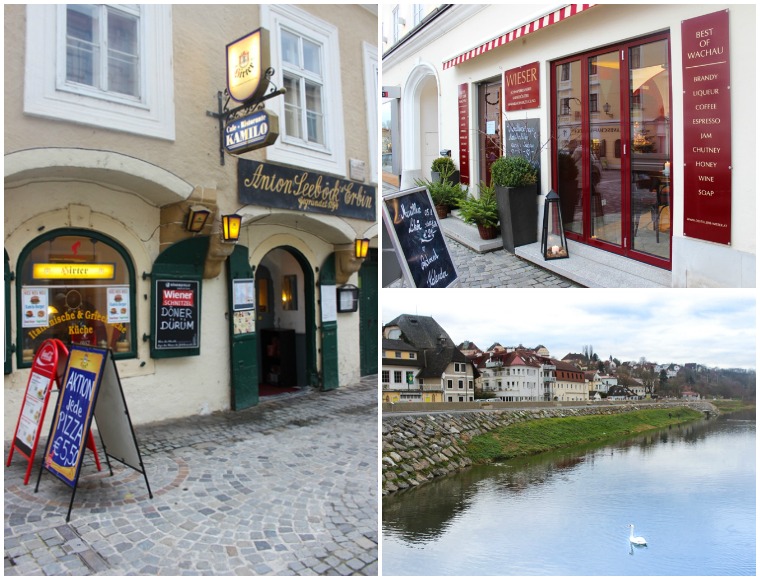
Tips for booking Melk Abbey tours
Melk Abbey opening hours: The abbey is open year round, and hours change seasonally. Click here for exact times, as well as ticket prices.
How to get to Melk Abbey: It only takes one hour to drive or take the train from Vienna to Melk, which makes Melk Abbey one of the popular day trips from Vienna. You can also combine a visit to the abbey with a Wachau Valley tour, which typically includes things like wine tasting and a river cruise:
This article was originally published in March 2016 and updated in May 2020
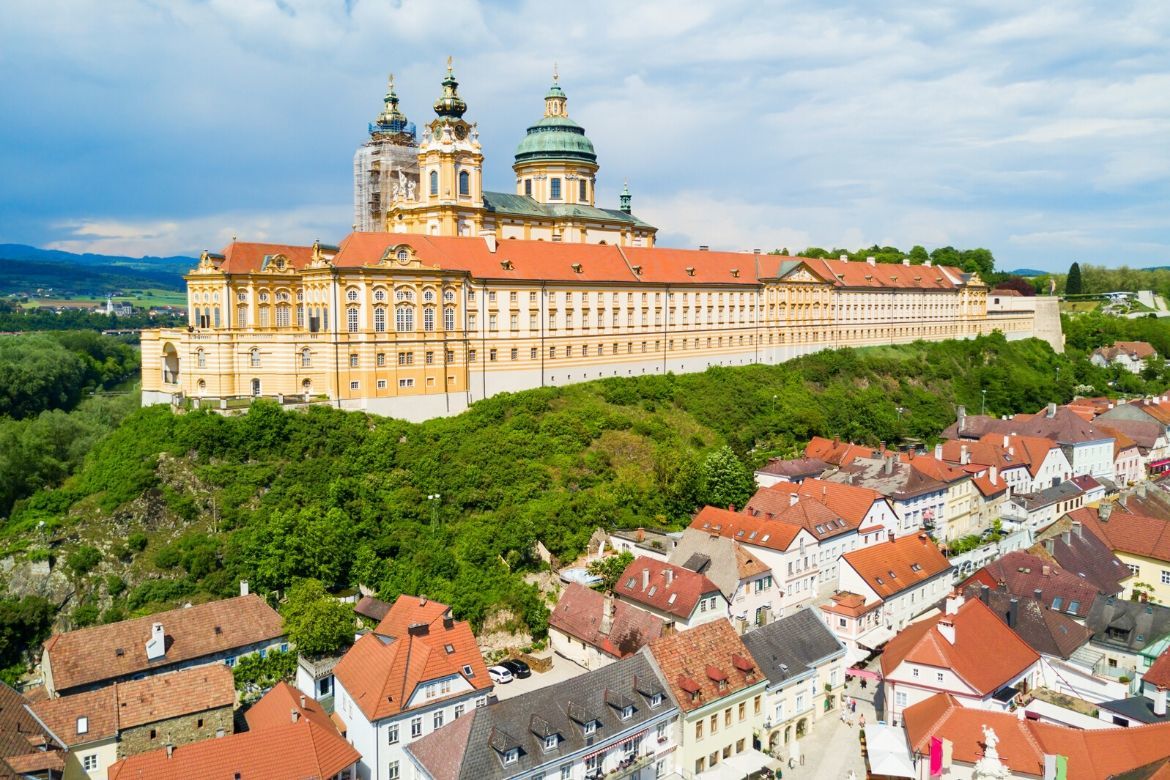
YOU MIGHT ALSO ENJOY:
- The best things to do in Vienna, Austria
- 19 reasons to book a Viking River Cruise
- 5 tips for visiting the markets during Christmas in Europe
- 7 cool things to see in Salzburg, Austria
SHARE THE PINSPIRATION! CLICK THE IMAGES BELOW TO PIN:
This post may contain affiliate links, which Globe Guide receives compensation for at no additional cost to you.


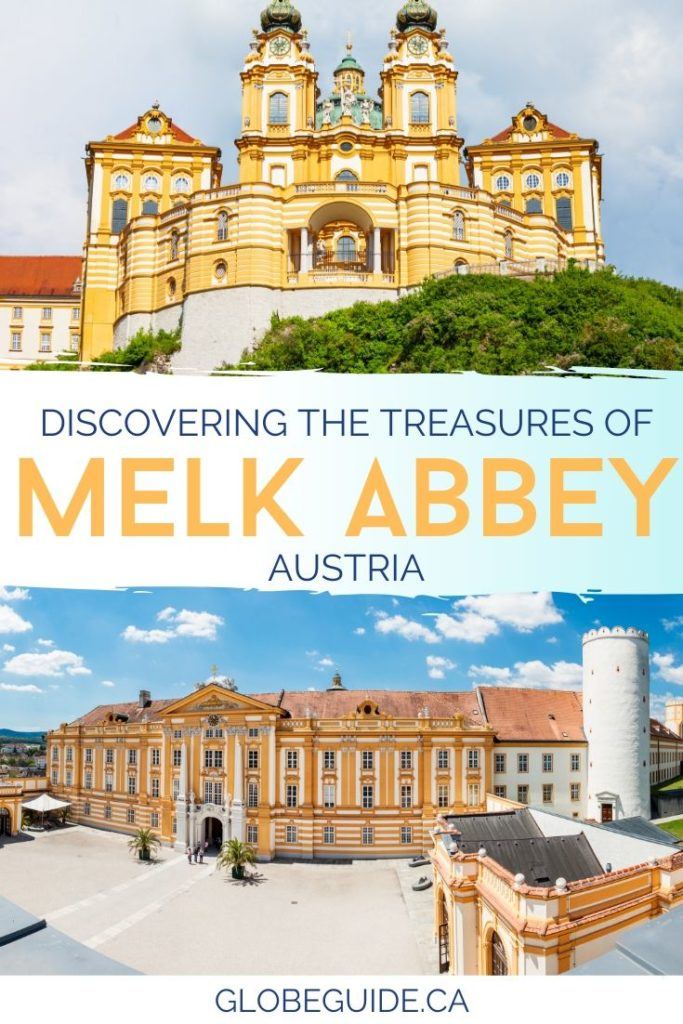
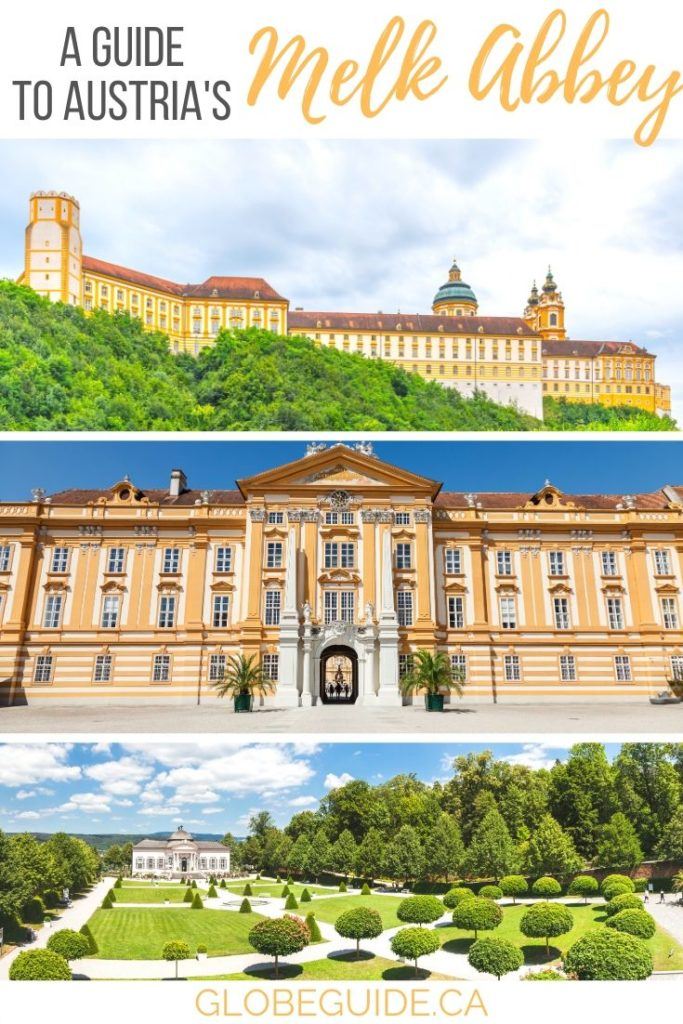
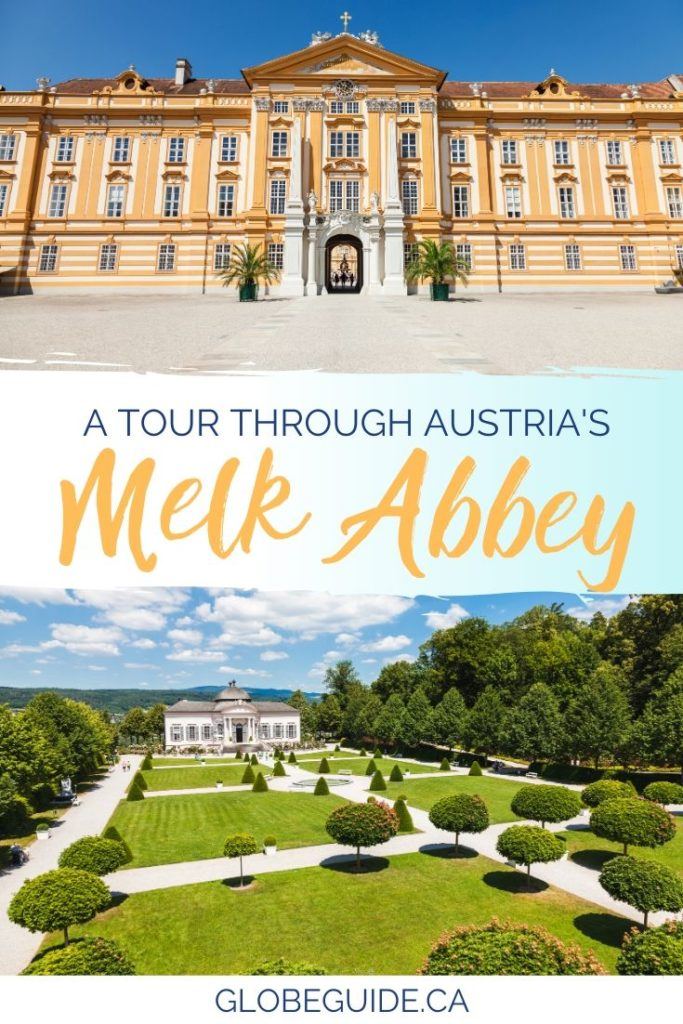
Pingback: Where travellers should actually go in Vienna, Austria
Pingback: Where travellers should actually go in Vienna, Austria
Pingback: A quick guide to Salzburg, Austria
What is involved in scheduling a wedding?
We want to schedule our wedding. I am 79 and my future wife is 80. We have a home in Switzerland, and Aspen, Co., Washington, DC and a ranch in Texas…..but nothing compares to the Melk Abbey. We met at a bible class in 2001 in Colorado.
How wonderful, congratulations!